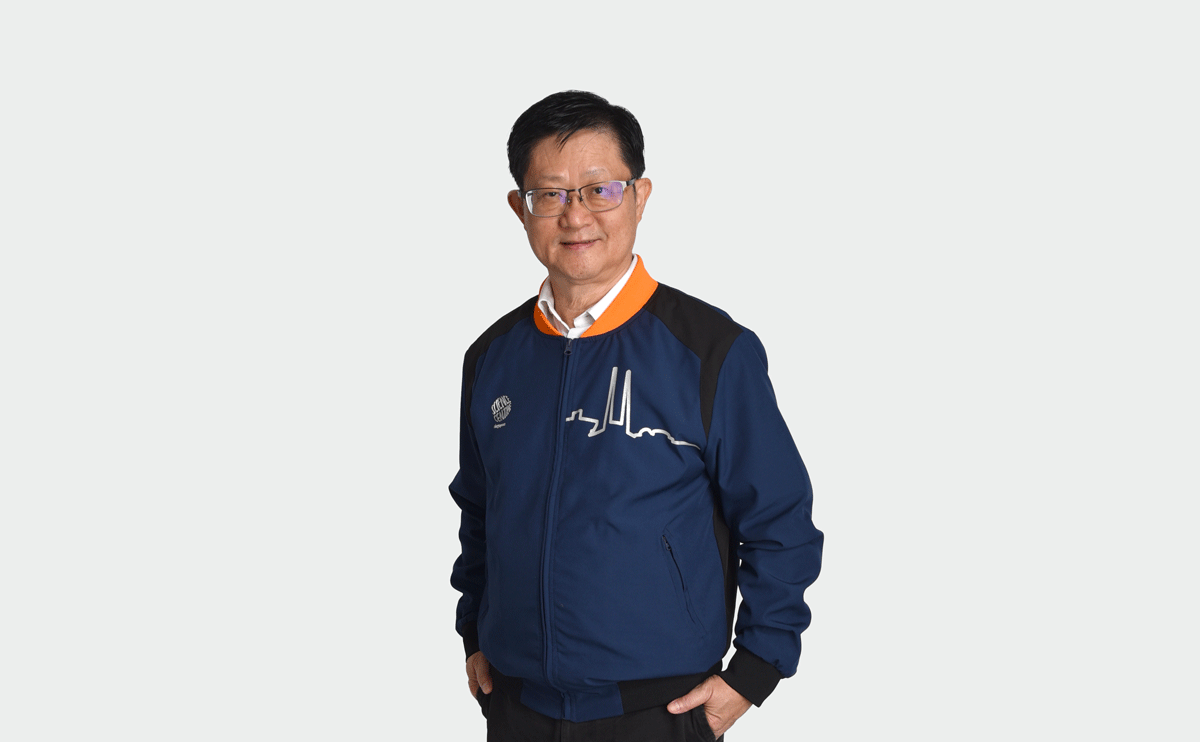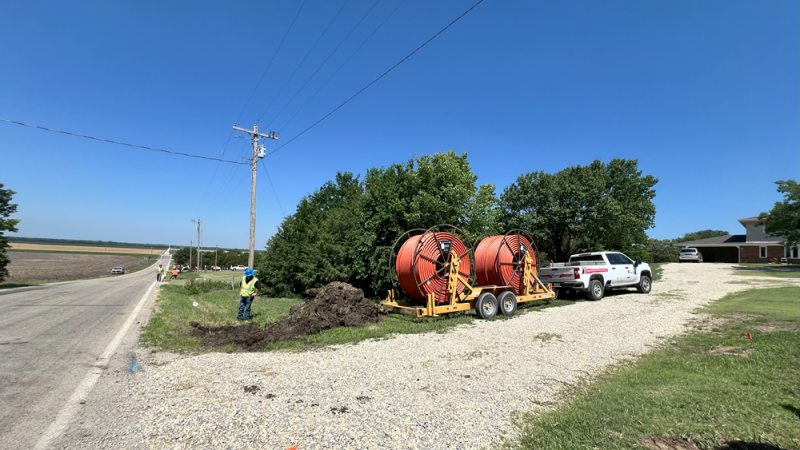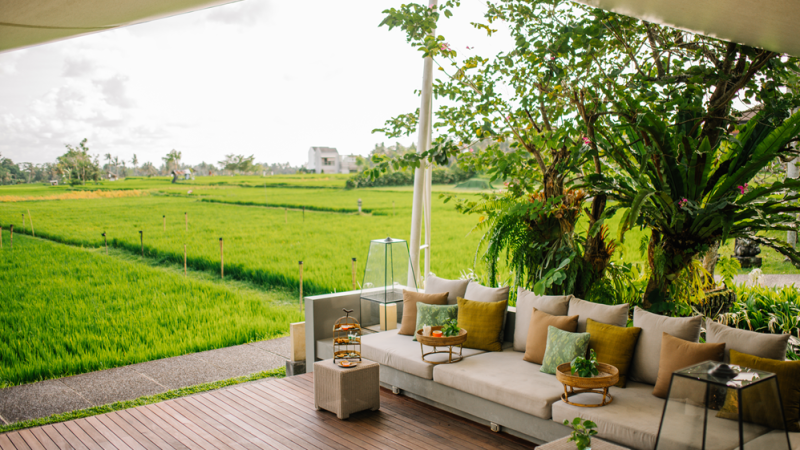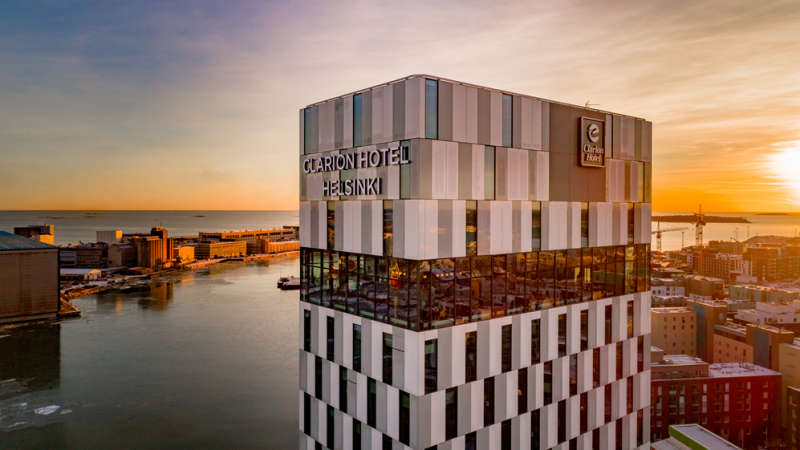For 46 years the Singapore Science Centre has been educating the public in science and technology, working closely with schools to engage the next generation of scientists. A quarter million students go through its education programmes every year. But when we talk to Lim Tit Meng, CEO of the Science Centre, he is keen to point out that the Singapore Science Centre is not just for kids.
“We have broken the stereotype of the Science Centre being only for children,” Lim says. “Typically, children come in with schools and then come again many years later with their own children, but our Science Centre is relevant to everyone, with many reasons for repeat visits.”
For All Ages
The Singapore Science Centre has a special children’s section called the KidsSTOPTM with purpose-built exhibits and activities for children under eight. The main galleries in the Science Centre hence cover topics and themes for older visitors. When we speak with Lim the Centre has been running an award-winning exhibition on the science of phobias – something fascinating and exciting for all ages, but this exhibition was aimed at engaging an older audience.
“We have exhibitions on Climate Change, AI and technology, and an exhibition on ageing, another on ethics entitled ‘We Could – but Should We?’” Lim recounts. “We cover general science, but also provoke questions, asking not just children but adults and young people to think more deeply about these topics.”
The Singapore Science Centre also hosts a selection of late-night programs for over-18s, where guests can enjoy a beer with their science. Lim tells us it has become a popular destination for dating – even taking the term “Engagement” at its most literal interpretation.
“We have seen many successful couples come here for their wedding shoots because they spent a lot of quality time using our science centre campus or our gallery as a place to have meaningful conversations,” Lim says. “It is a safe place for interesting dialogues, and it means young people see us as important to their story. We have hands-on workshops for young and old to experiment and make things. We position ourselves as the largest applied science classroom for adults as well as children– we are a lifelong learning institute.”
What makes Singapore Science Centre so special is that it is more than a museum, more even than its exhibits, interactive or otherwise.
“We transcend time and space,” Lim says simply. “We are a science centre that is without walls. We do not just do events and activities within the campus. We have a strong digital presence using a transmedia platform. We offer videos, webinars, and online courses. We are more than just a science centre with physical exhibits. We are an edutainment champion running events, competitions in robotics and drones, and maker competitions. We develop educational tools that are accessible globally and locally. We have a strong brand, and Singapore itself has been a pioneer in building science centres in this part of the world.”
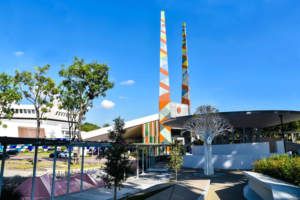 A New Centre
A New Centre
The science centre campus has three attractions, complemented by an omnitheatre with a digital dome for planetariums and other shows, as well as the Snow City. But this is only the beginning. In recognition of its standing as a place of lifelong learning, the Singapore Science Centre has received funding and a new plot of land to build a new centre even bigger and better than the first.
“The new science centre is going to be the crown jewel of the Jurong Lake District,” Lim says, referring to the new downtown development which the centre will be an anchor tenant for, with a prime location right next to the mass rapid transport train station.”
Passengers leaving the train station will find themselves on the plaza of the new Science Centre, on the way through to a garden worth visiting in its own right.
“The whole design creates an interesting setting for us. It has a big plaza space flanked by our Science Centre,” Lim explains. “We are building a thorough fair from the train station across the lake to the Chinese garden, and this space will be for us to do outdoor community events which we can’t carry out at our current site.”
What the Science Centre is offering, in addition to galleries and workshops, is a civic plaza, a 24/7 event space that can host everything from cross-country runs to fast-paced science festival competitions.
“The whole architecture of the design will include an observatory, outdoor science kinetic garden, cafes, and storytelling arenas,” Lim says. “Because the area is not gated, we will be able to create a community space that engages people and corporations to make the best use of the campus. We are situated in a big garden space with plants, trees, and waterfronts, integrating with the parks and the buildings. The design concept illustrates how nature goes in, and science comes out of the science centre.”
The new centre will be an iconic, engaging, and empowering new landmark that showcases modern Singapore. It is a platform to show off not just the power of STEM, but including the humanities, the arts, and social sciences.
“We recognise that STEM alone can never solve the problems we face,” Lim points out. “We advocate for STEM plus, where that ‘plus’ represents whatever is relevant to you.”
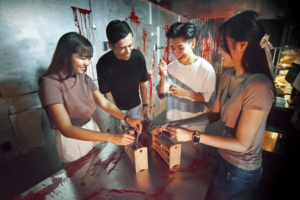 An International Network
An International Network
The success of the Singapore Science Centre has been noticed and has inspired others to follow its lead. The Science Centre is not only serving Singapore but also acting as a consultant for new science centres in other regions.
“More people from other countries are asking us to consult on the construction of their own science centres, as science promotion and engagement is becoming a global movement,” Lim says. “I just returned from Beijing after conducting an international science museum workshop there, and I learned that in China they have built more than 400 science centres, big and small. Every big city and province aspire to have a science centre. It has become almost like a status symbol.”
This trend is part of a wave of rising science literacy, and Lim is never more passionate than when he is enthusing about this.
“The power of STEM in innovation really makes our economy relevant to the world. Advancement in science and technology defines civilisation and society,” Lim says. “We have reached a high state of science literacy. It is a universal language, it is evidence-based. Scientific literate people are critical and rational, not prone to sharing rumours.”
The centre will continue to seek innovation and new paradigm shifts, promoting science literacy at a time when it is more crucial than ever.
“STEM is key for us to solve the United Nation’s sustainability challenges,” Lim tells us, “And we strive to make the new science centre a happy place for all ages where happiness is generated through the joy of discovery, learning and bonding.”
